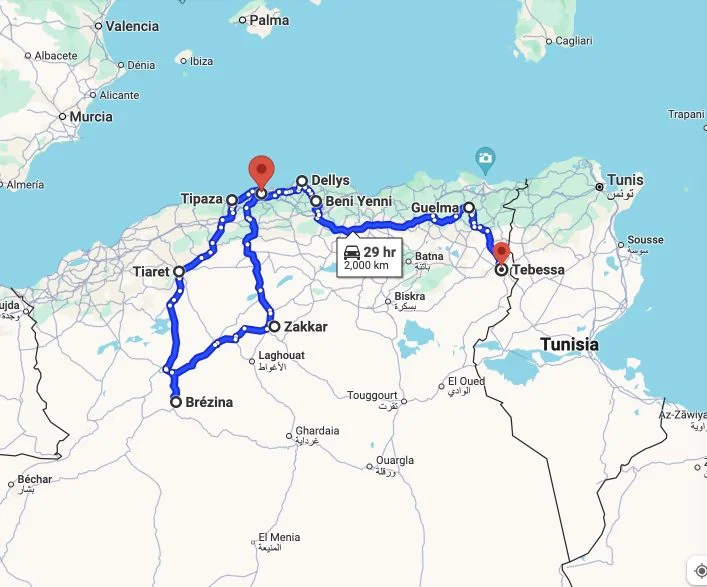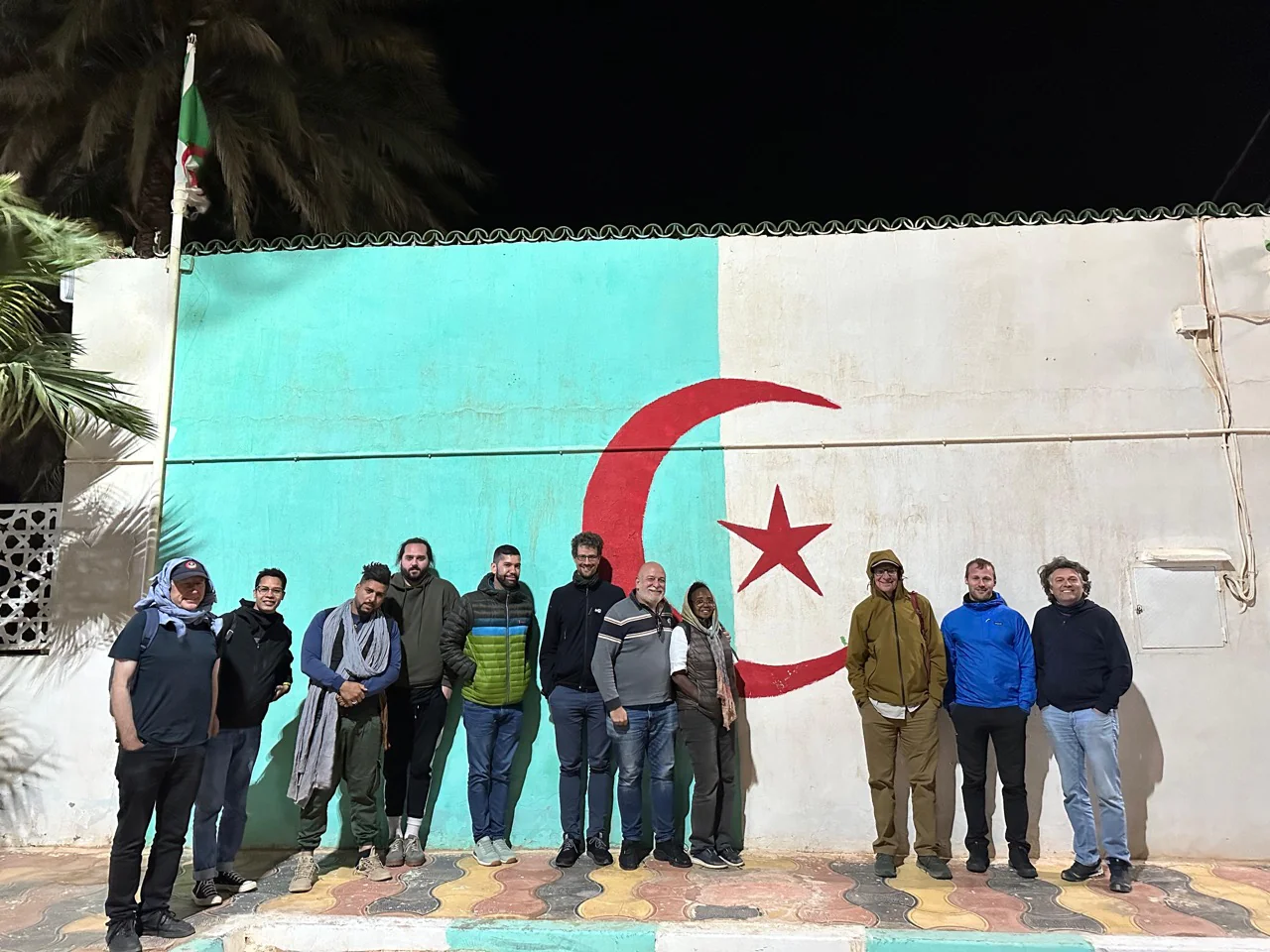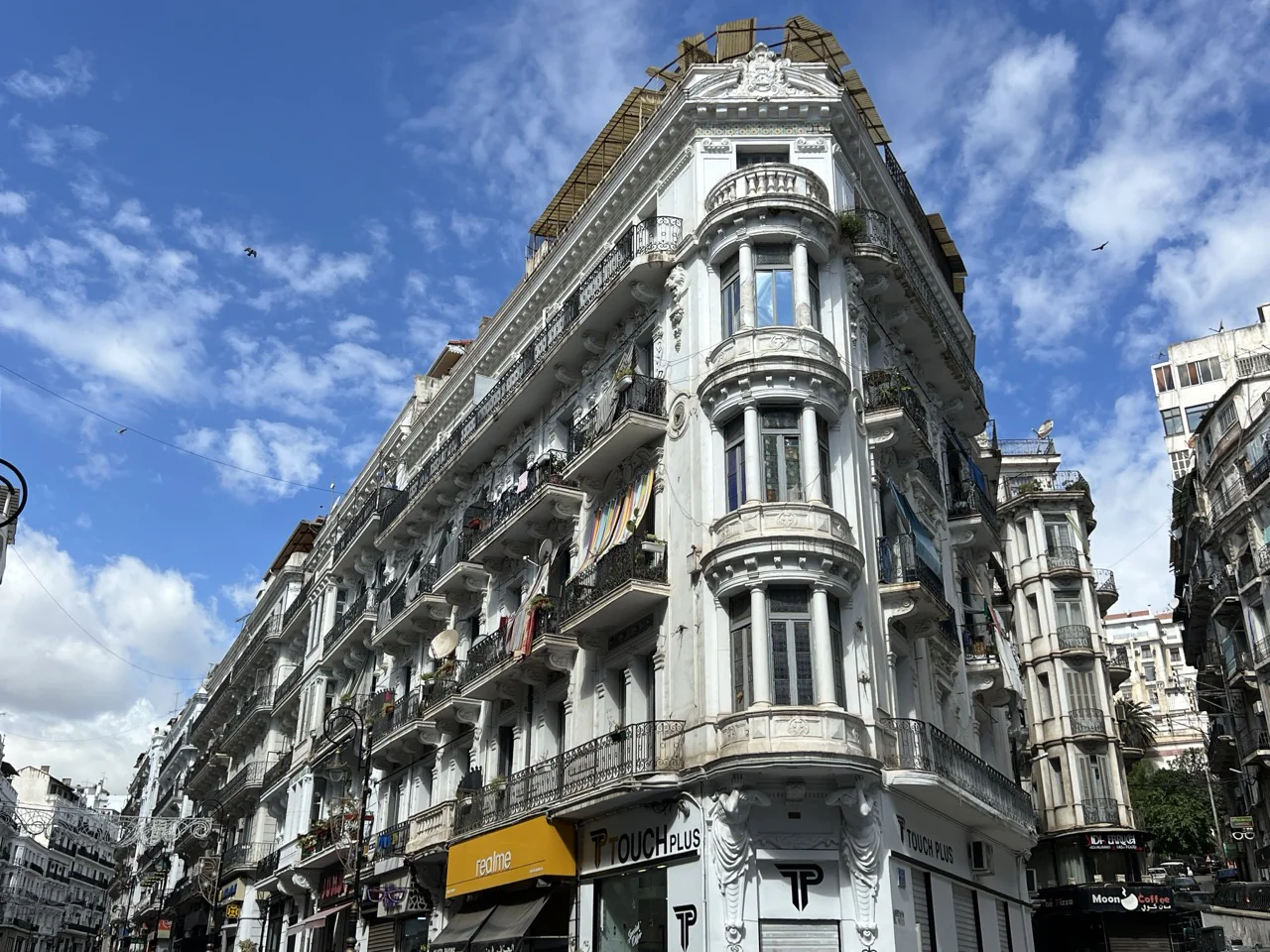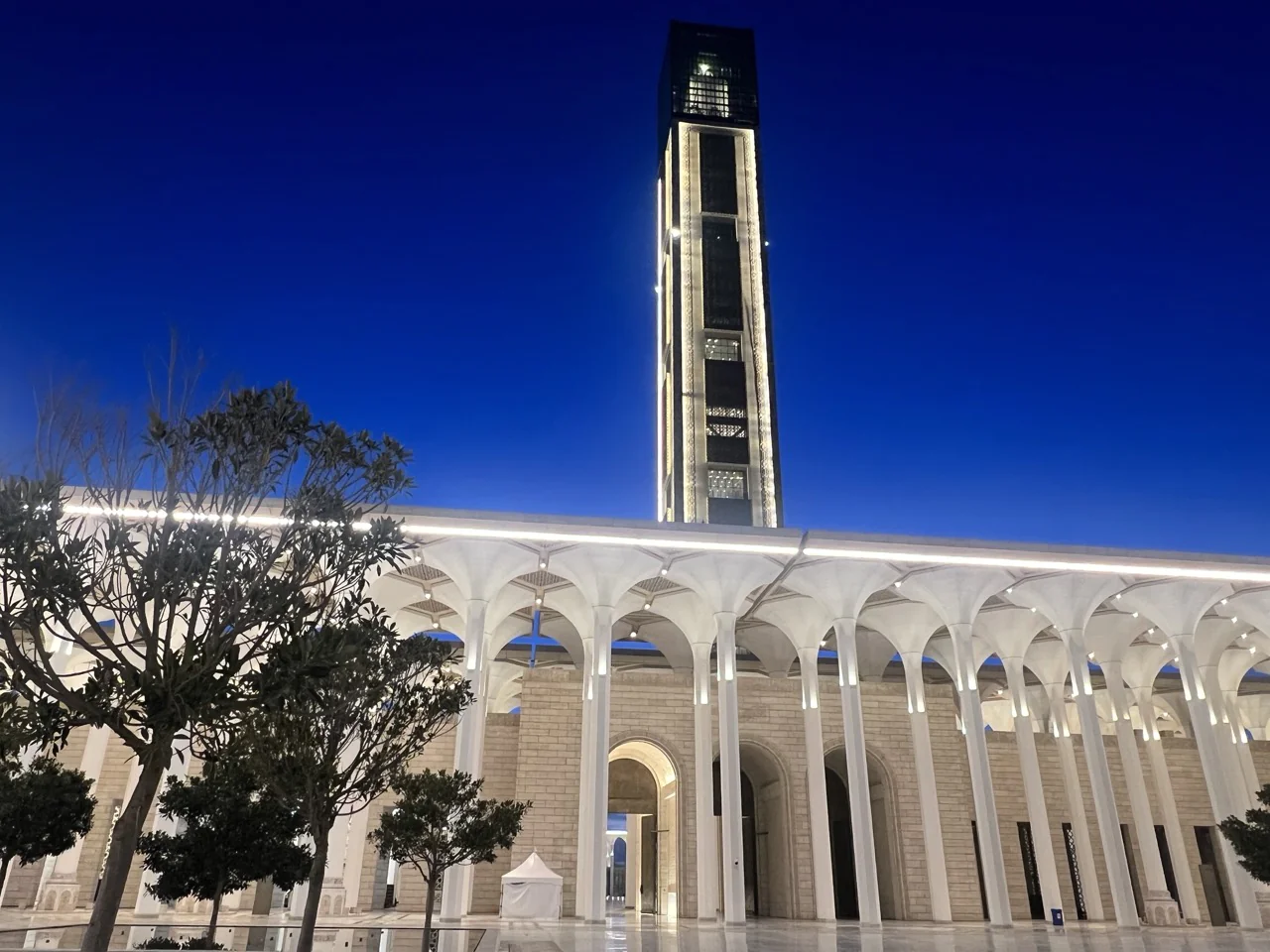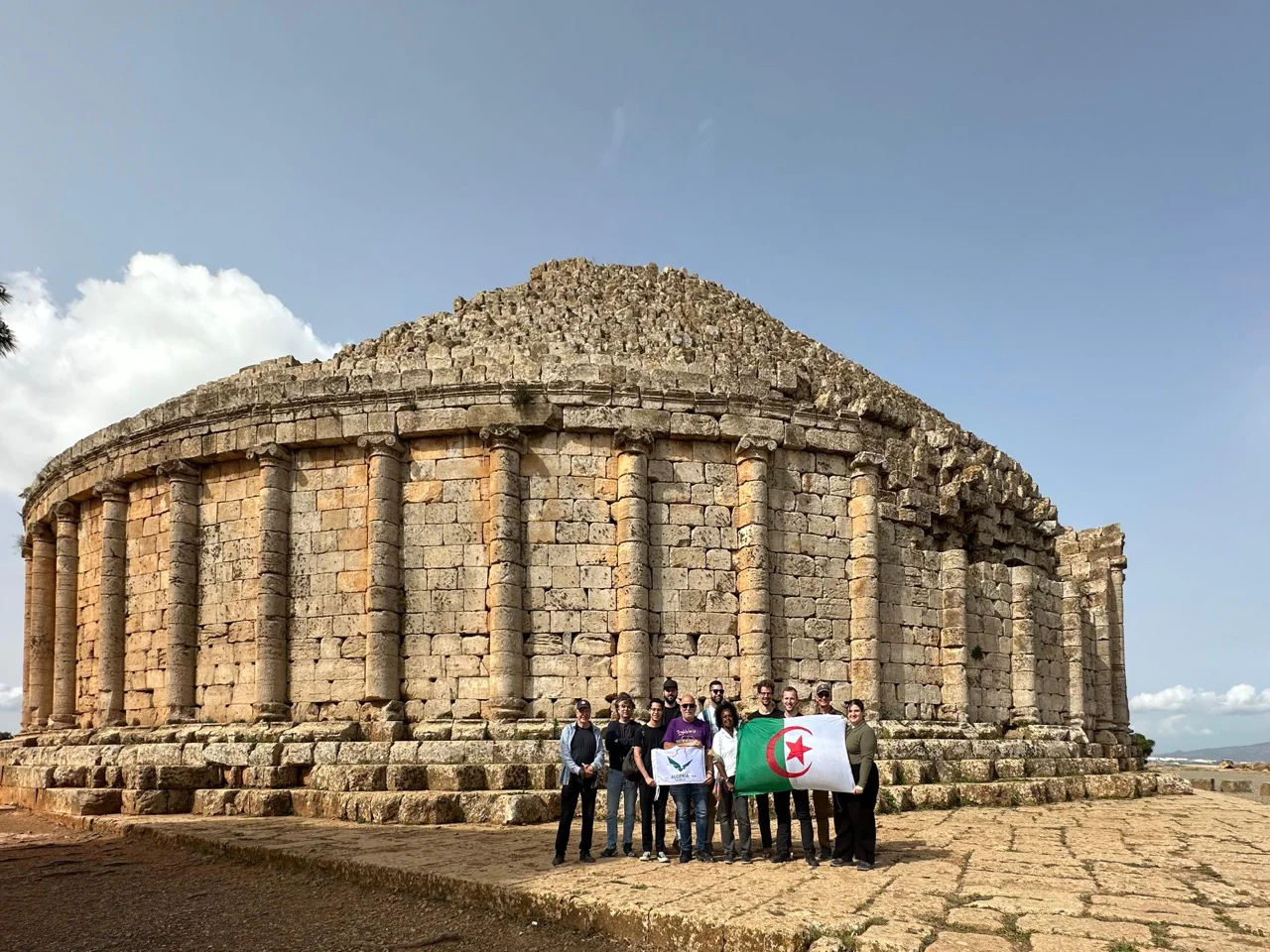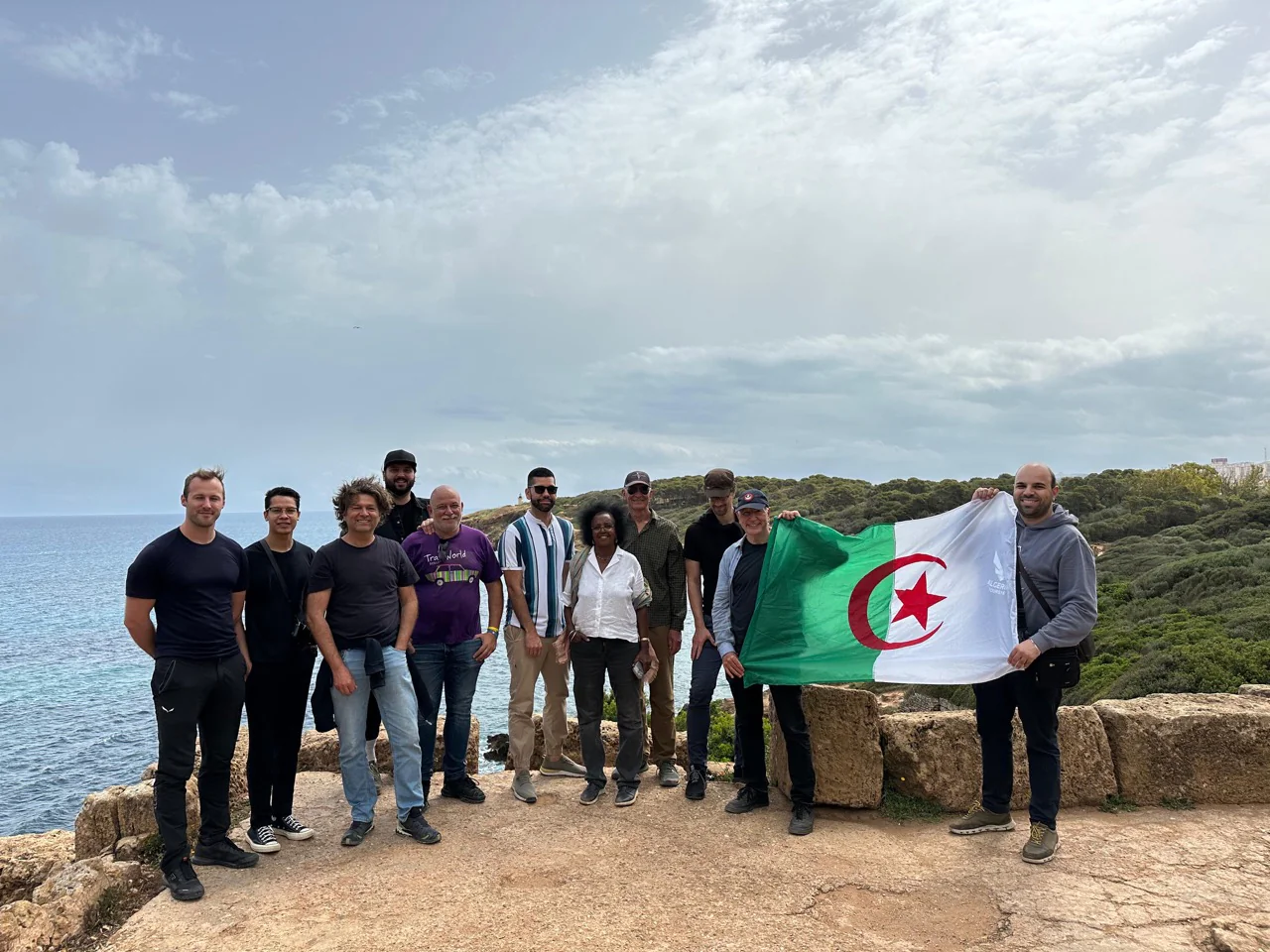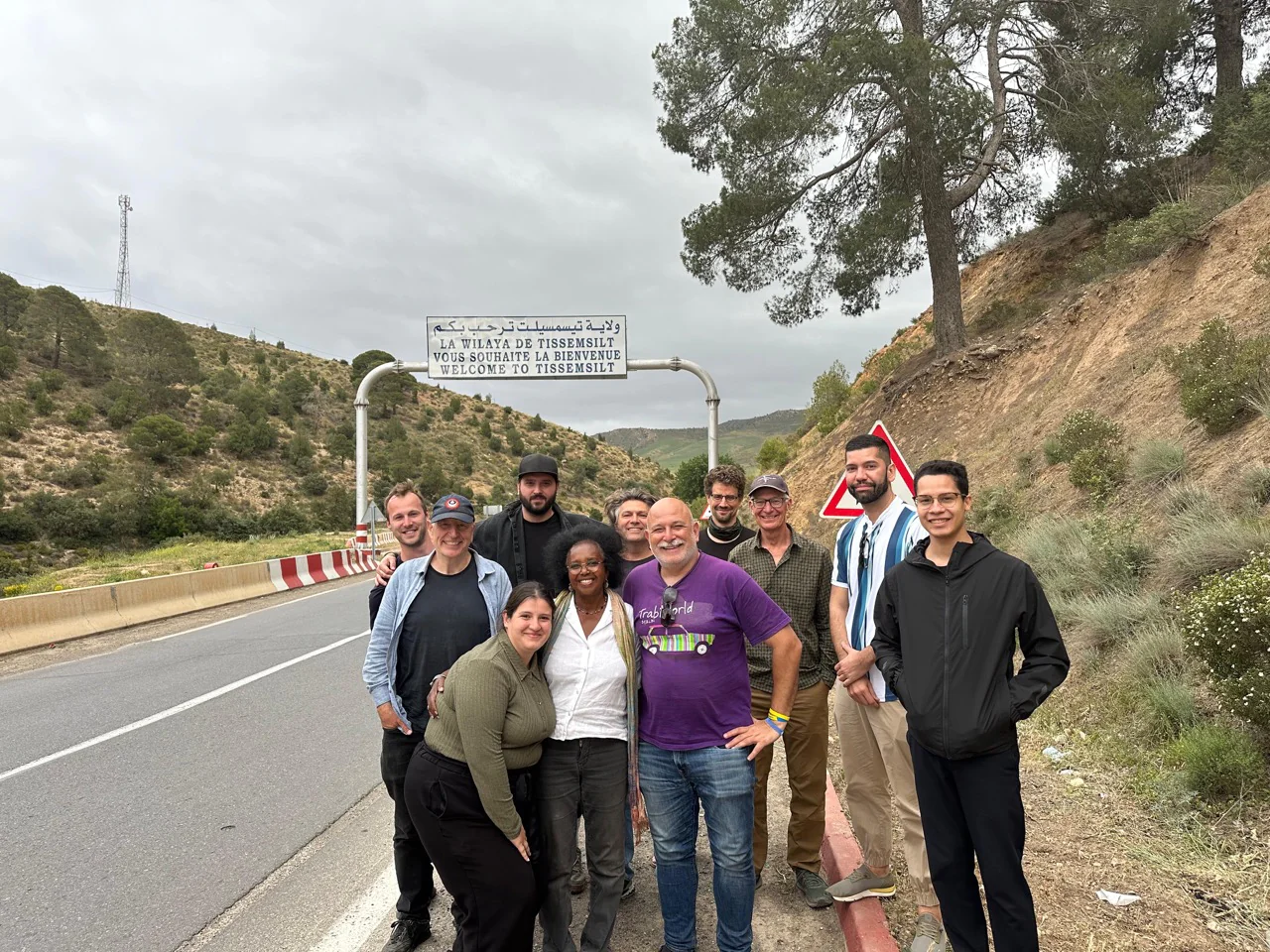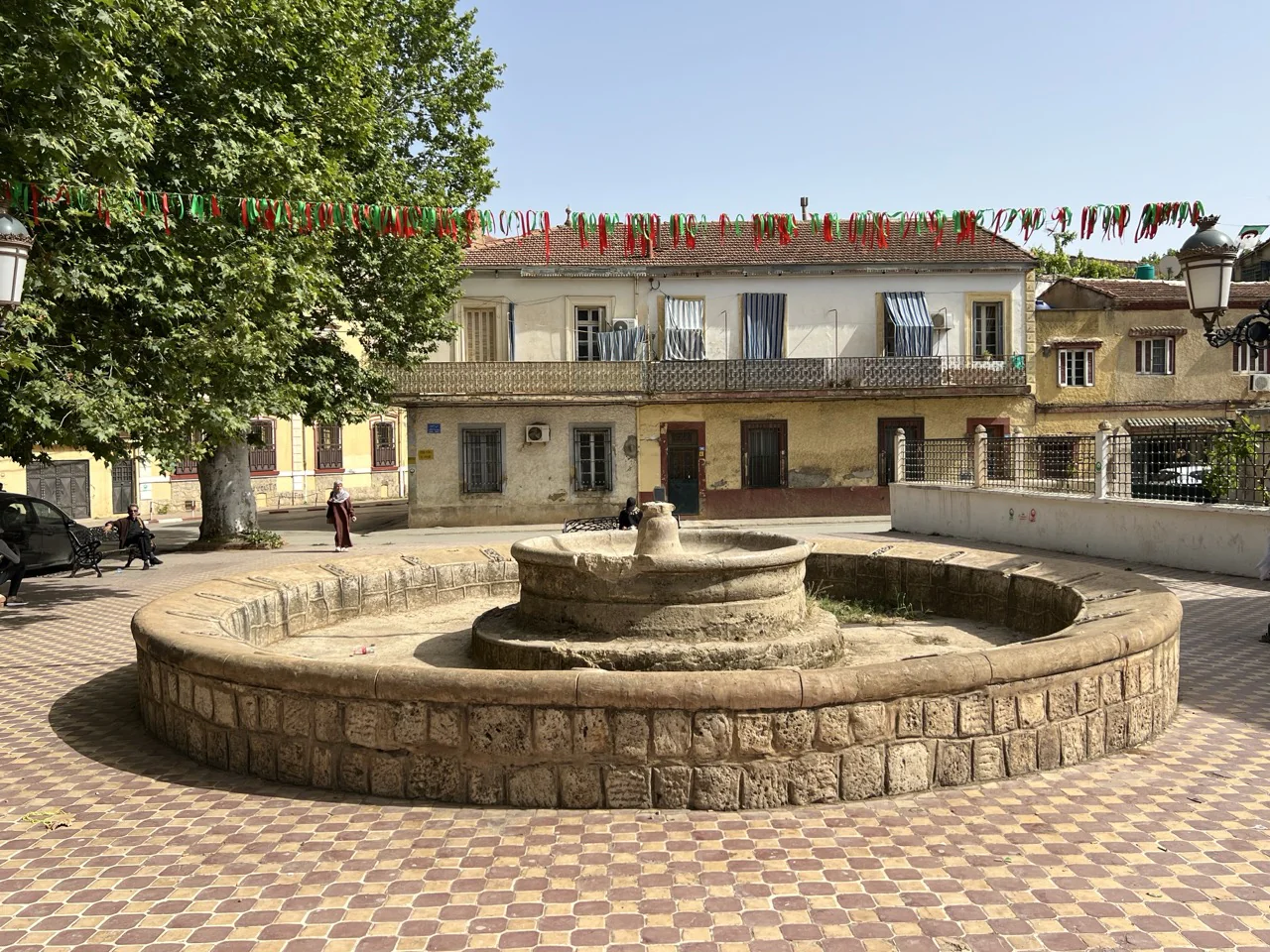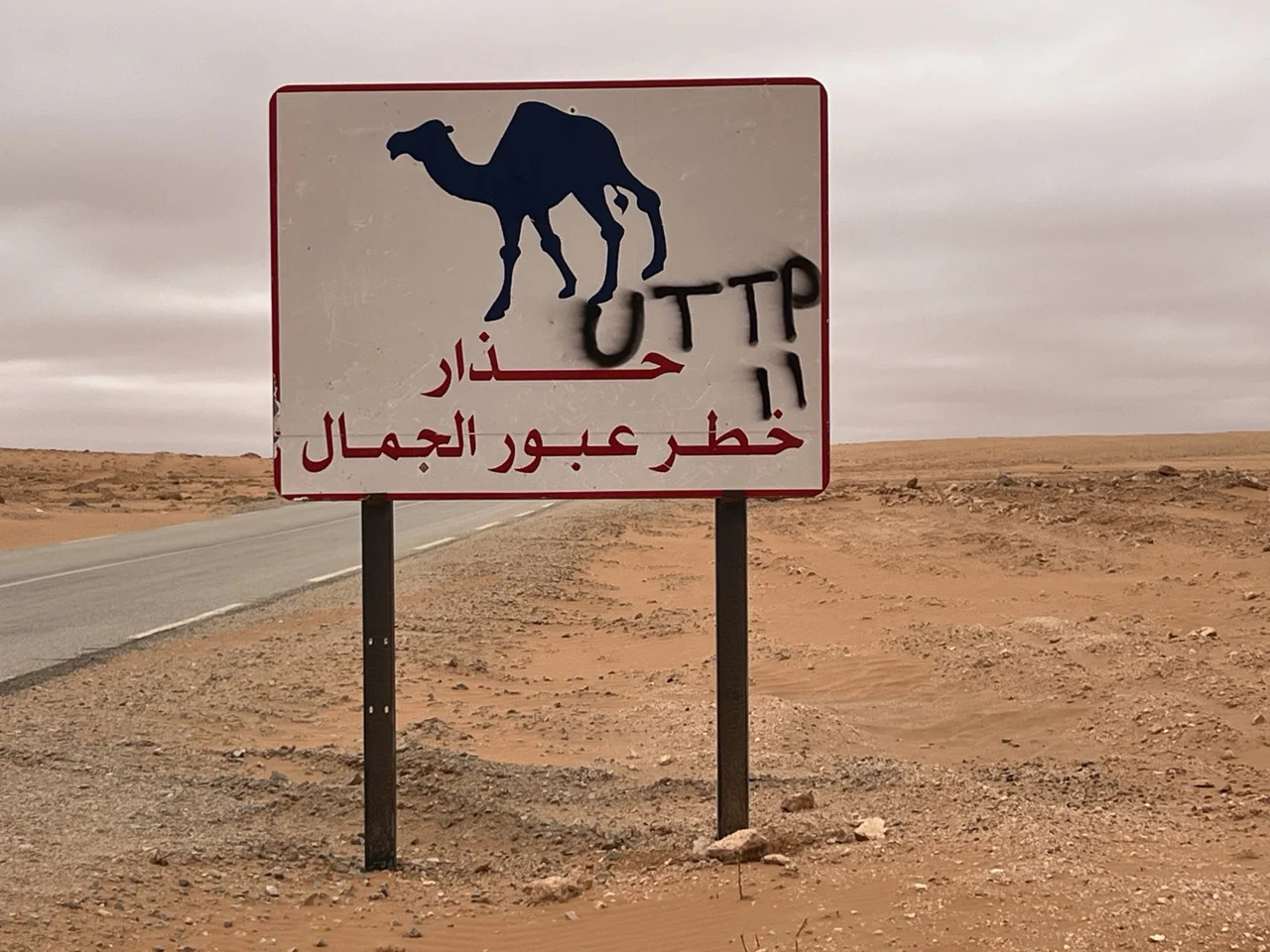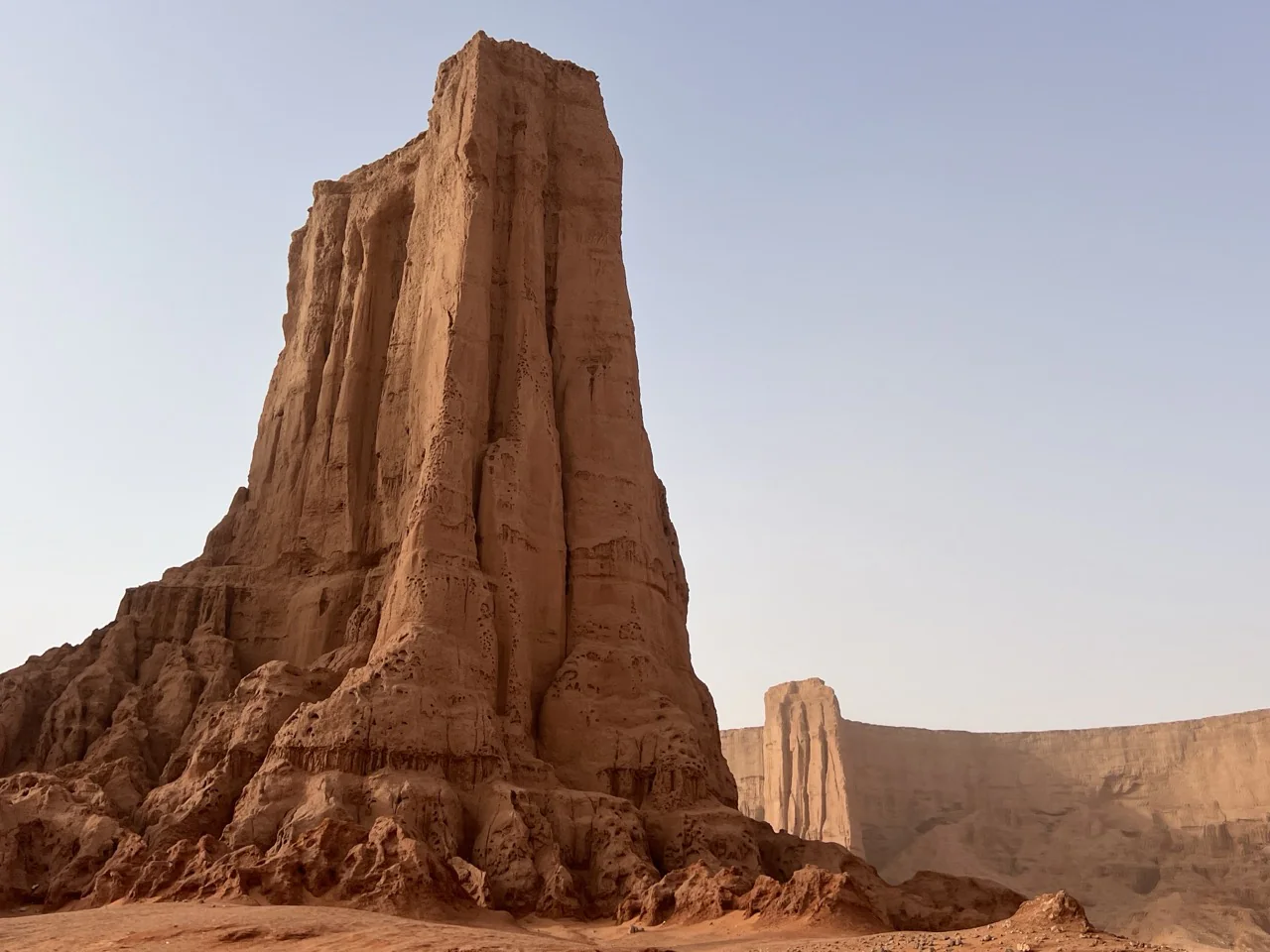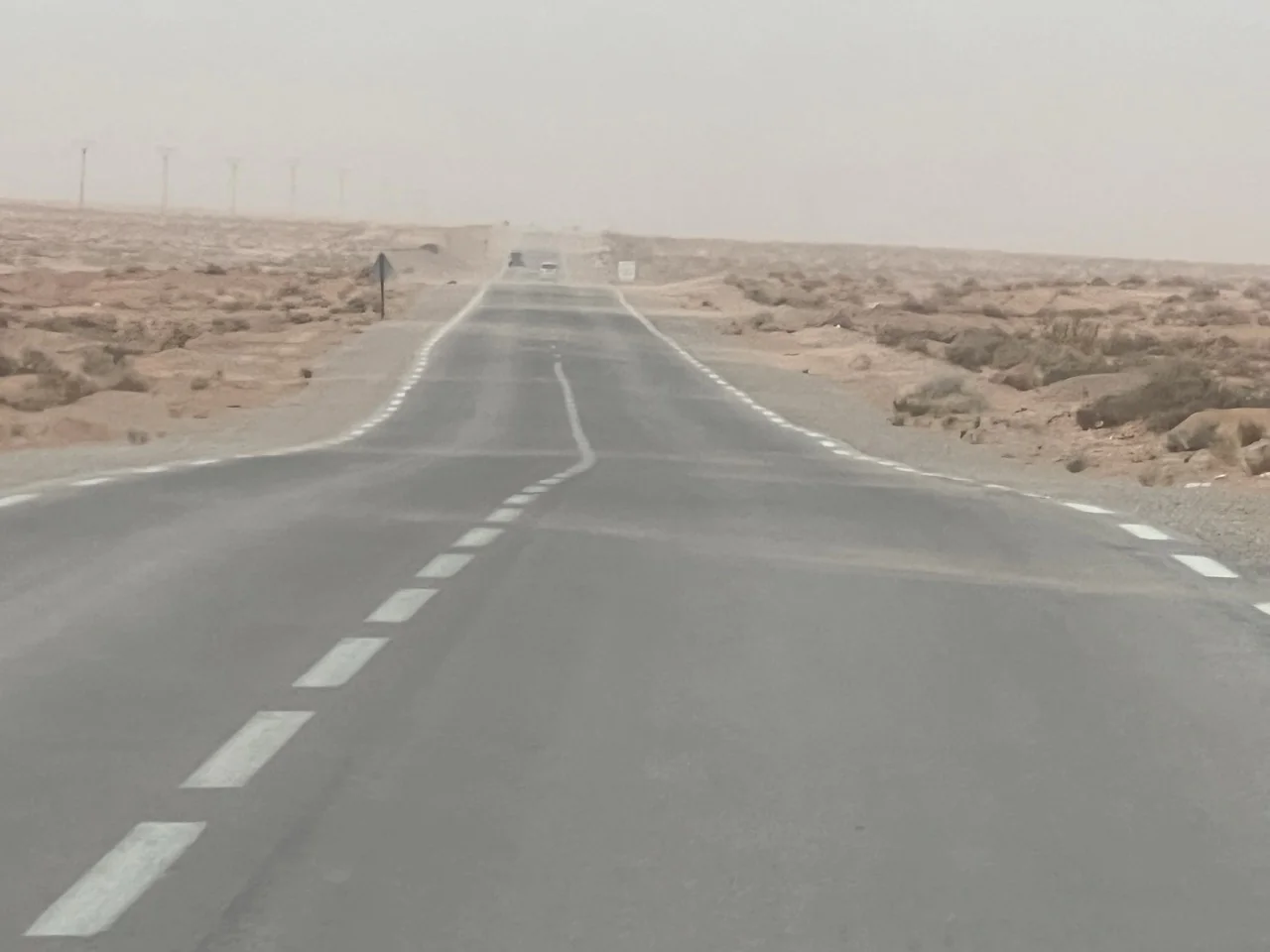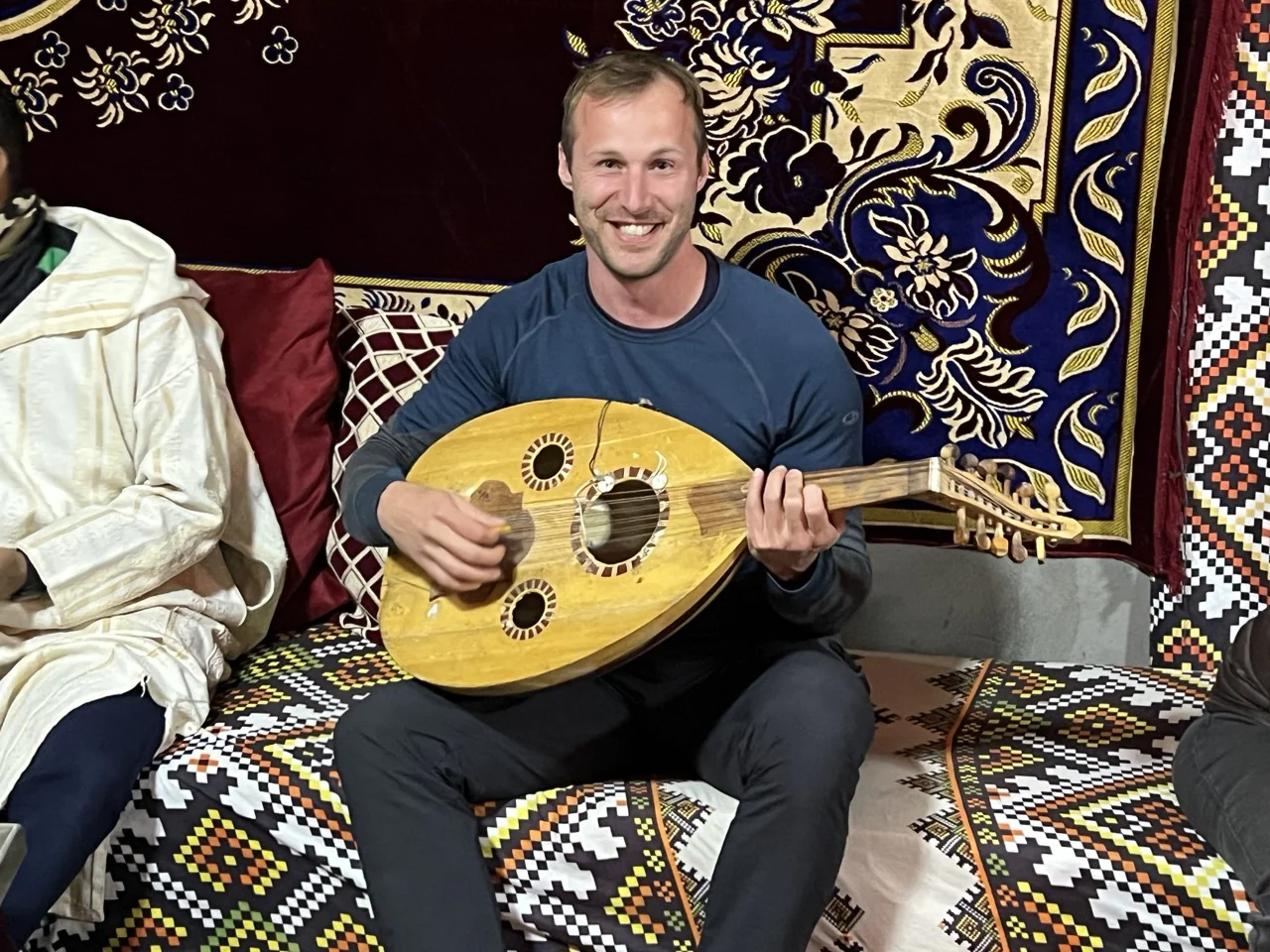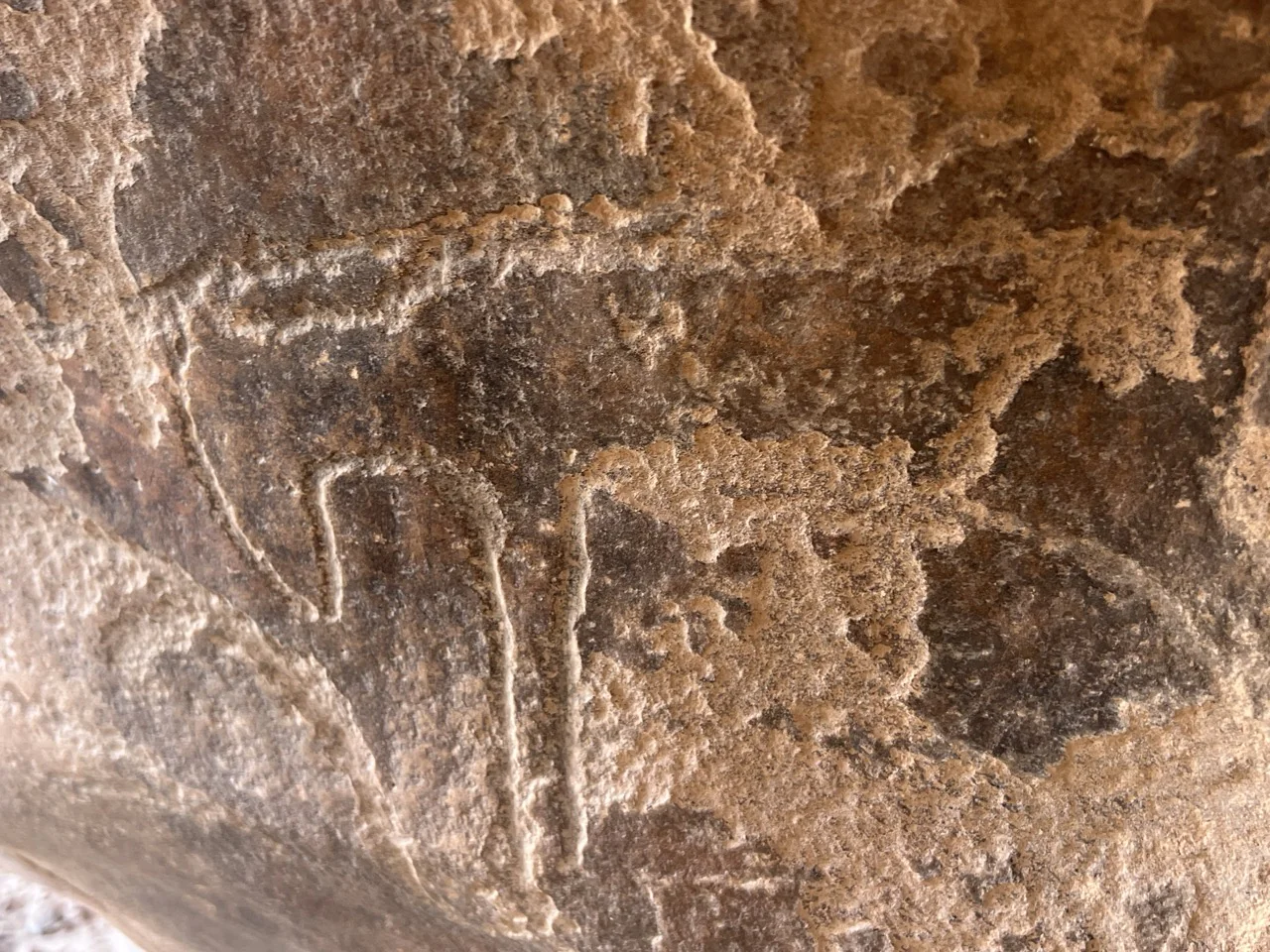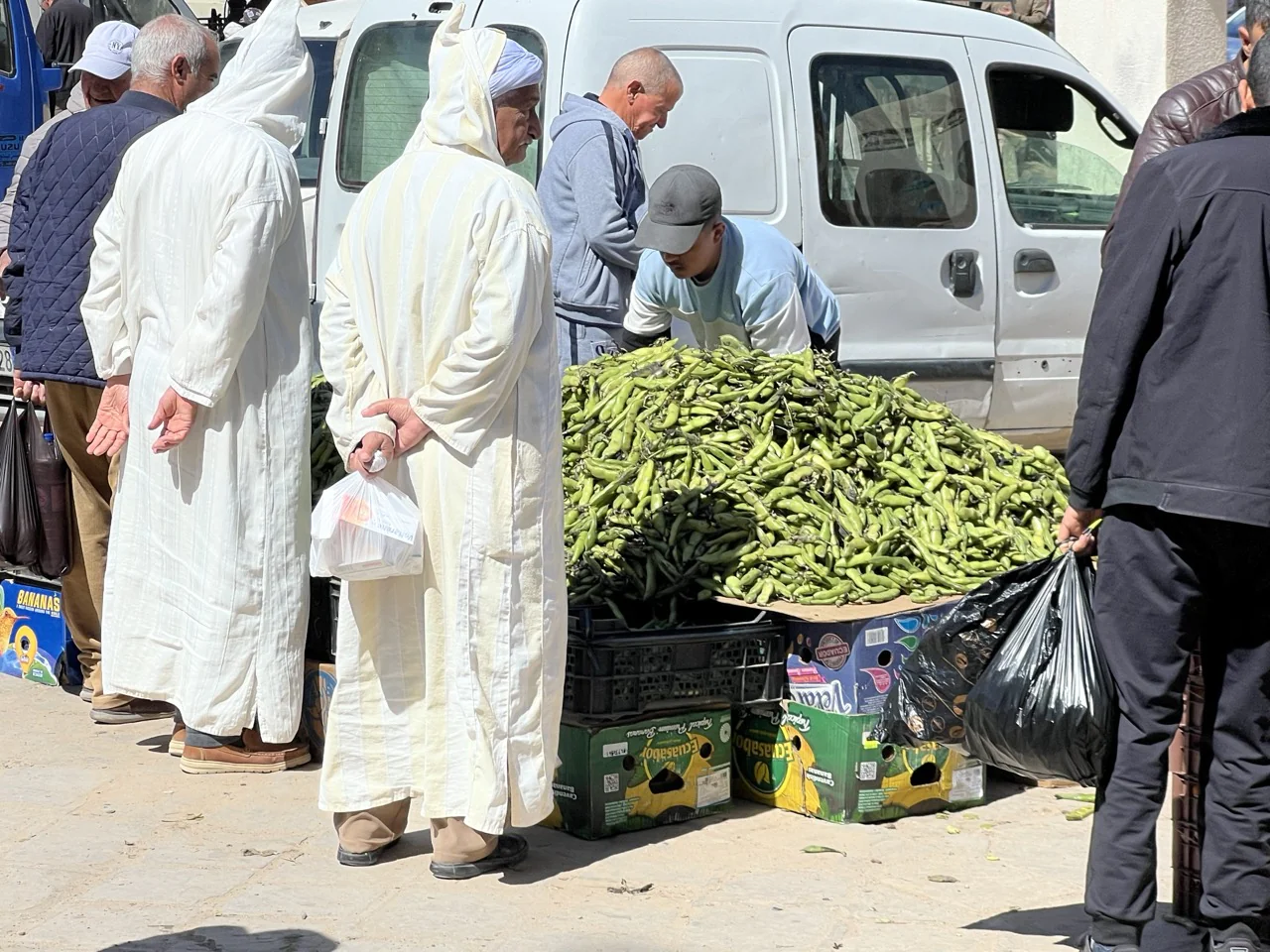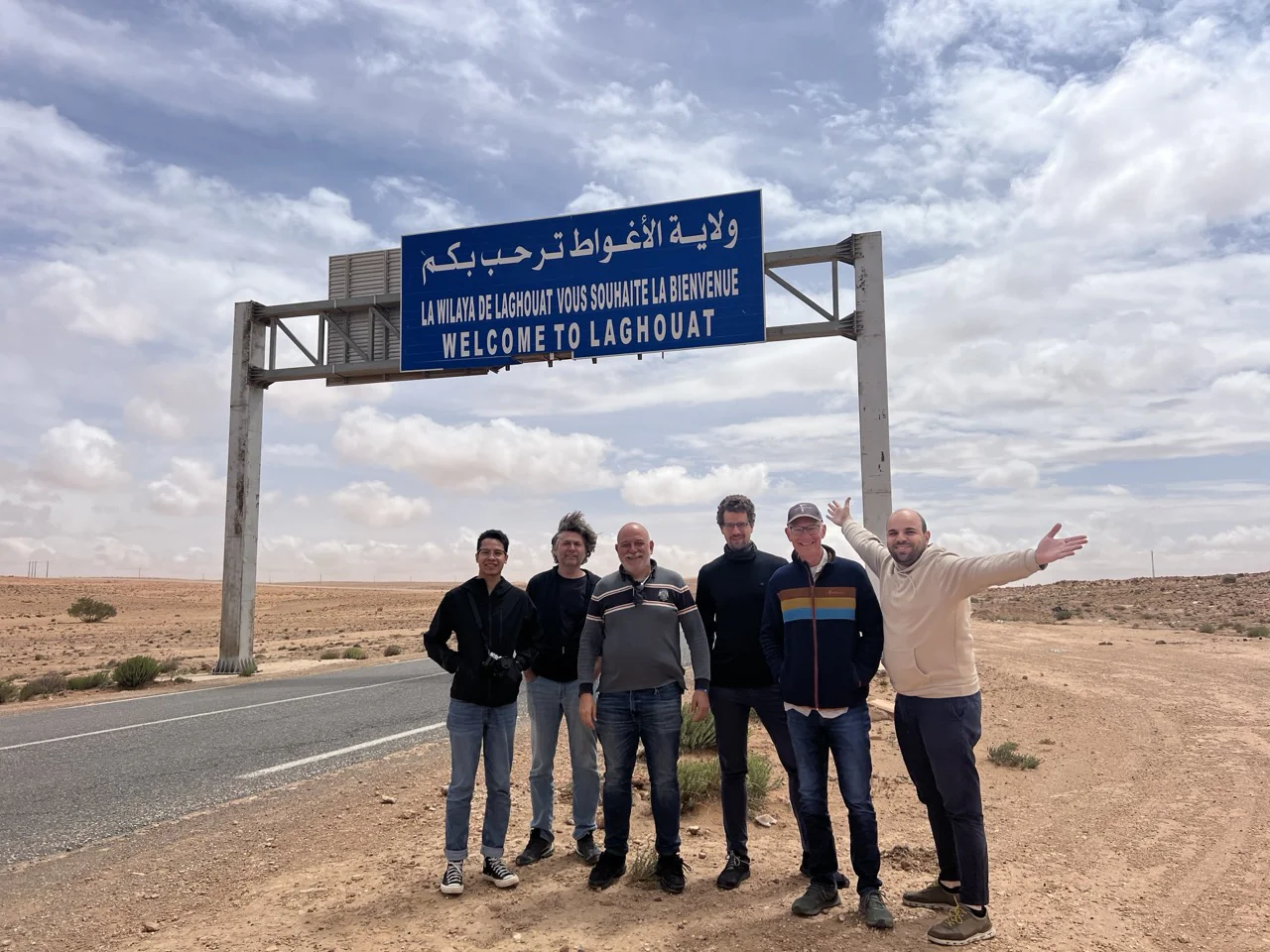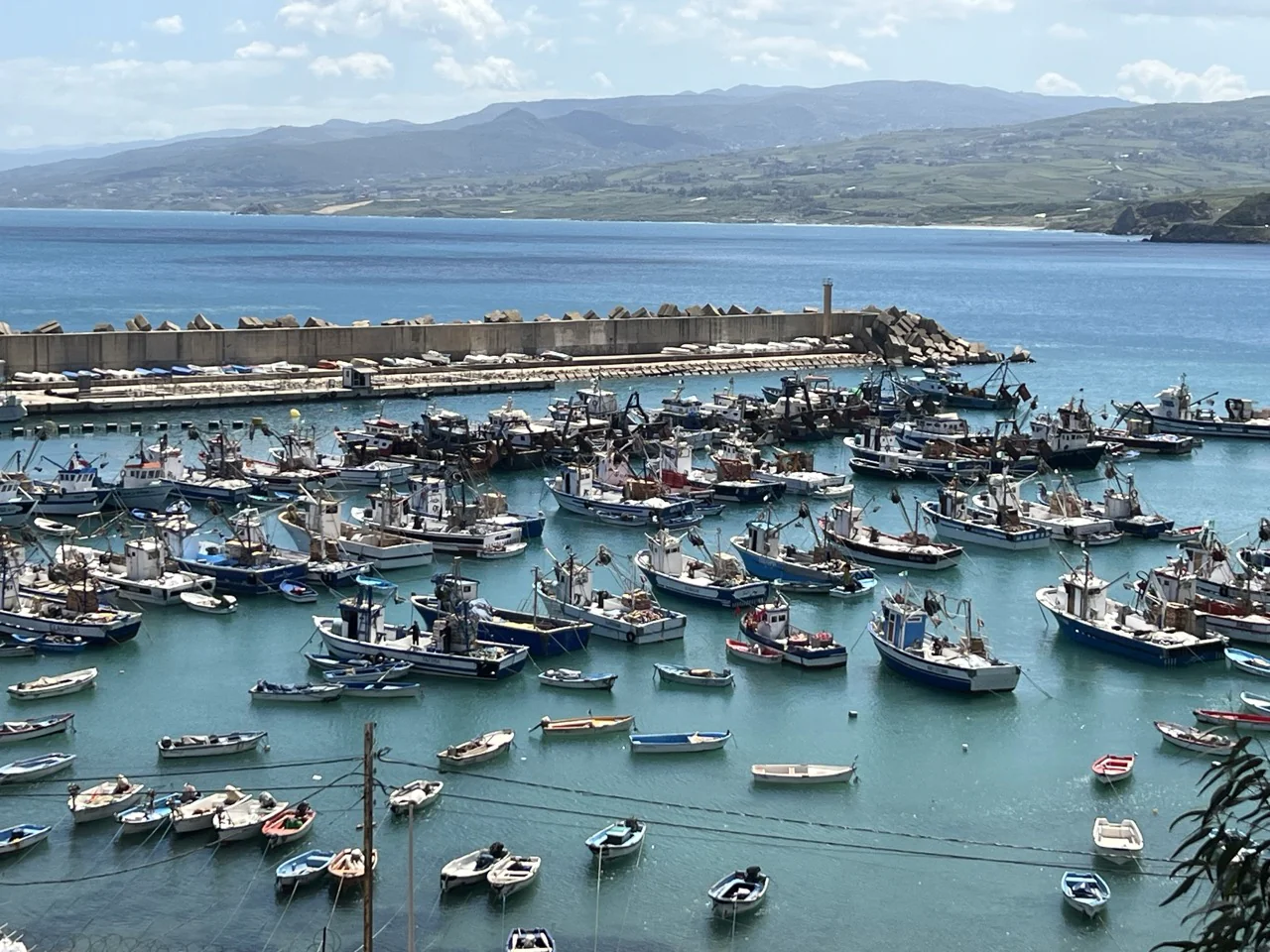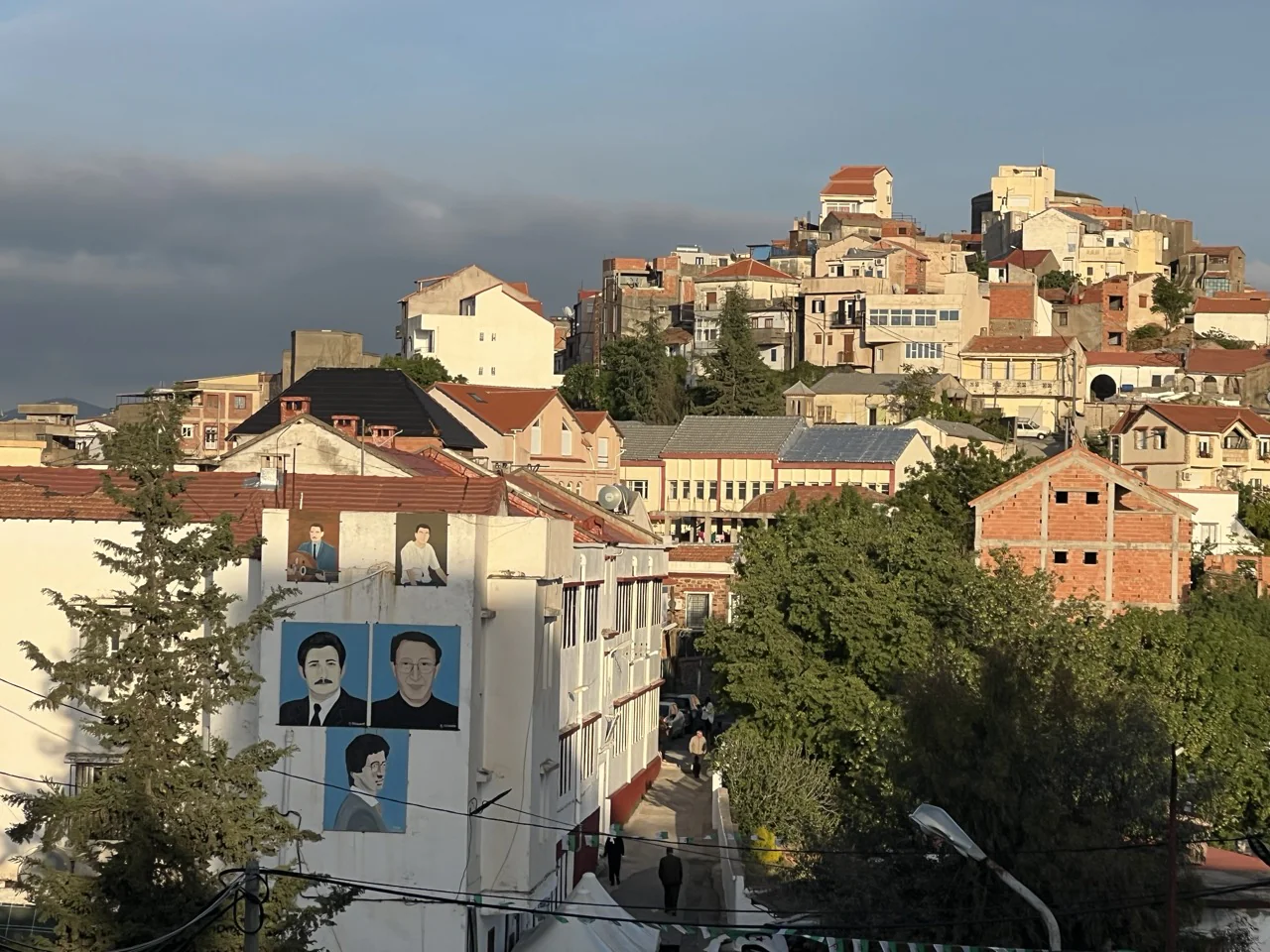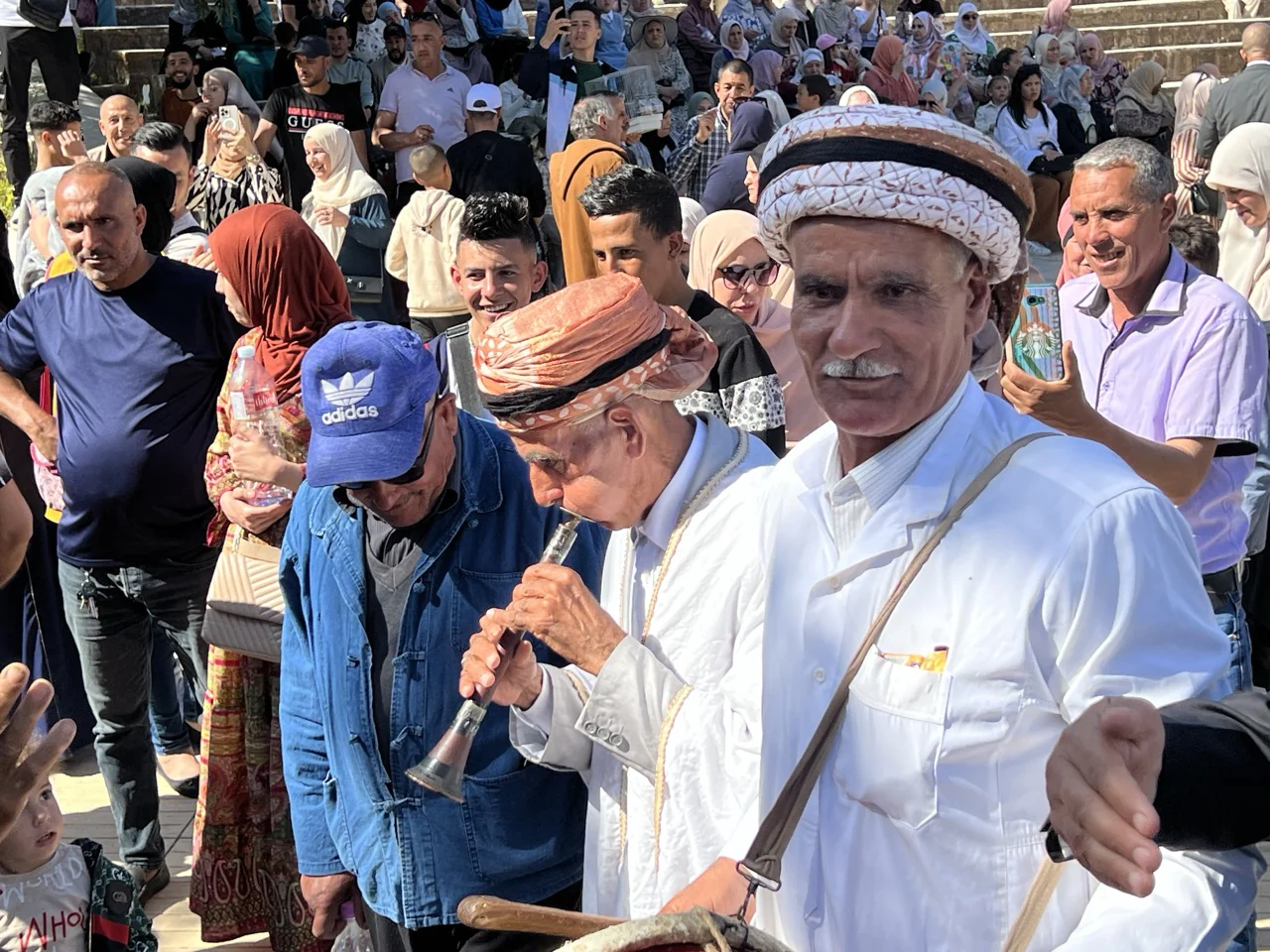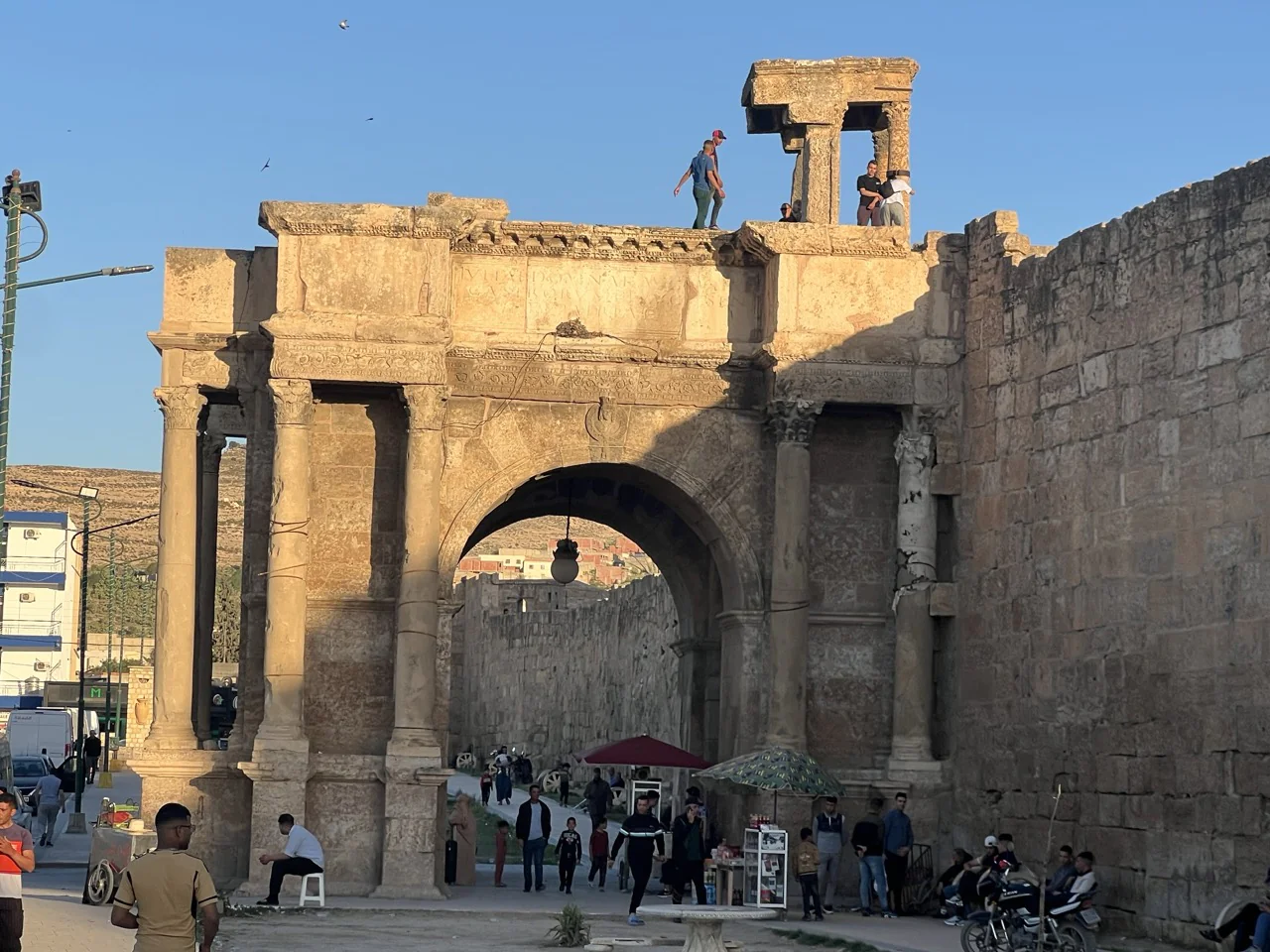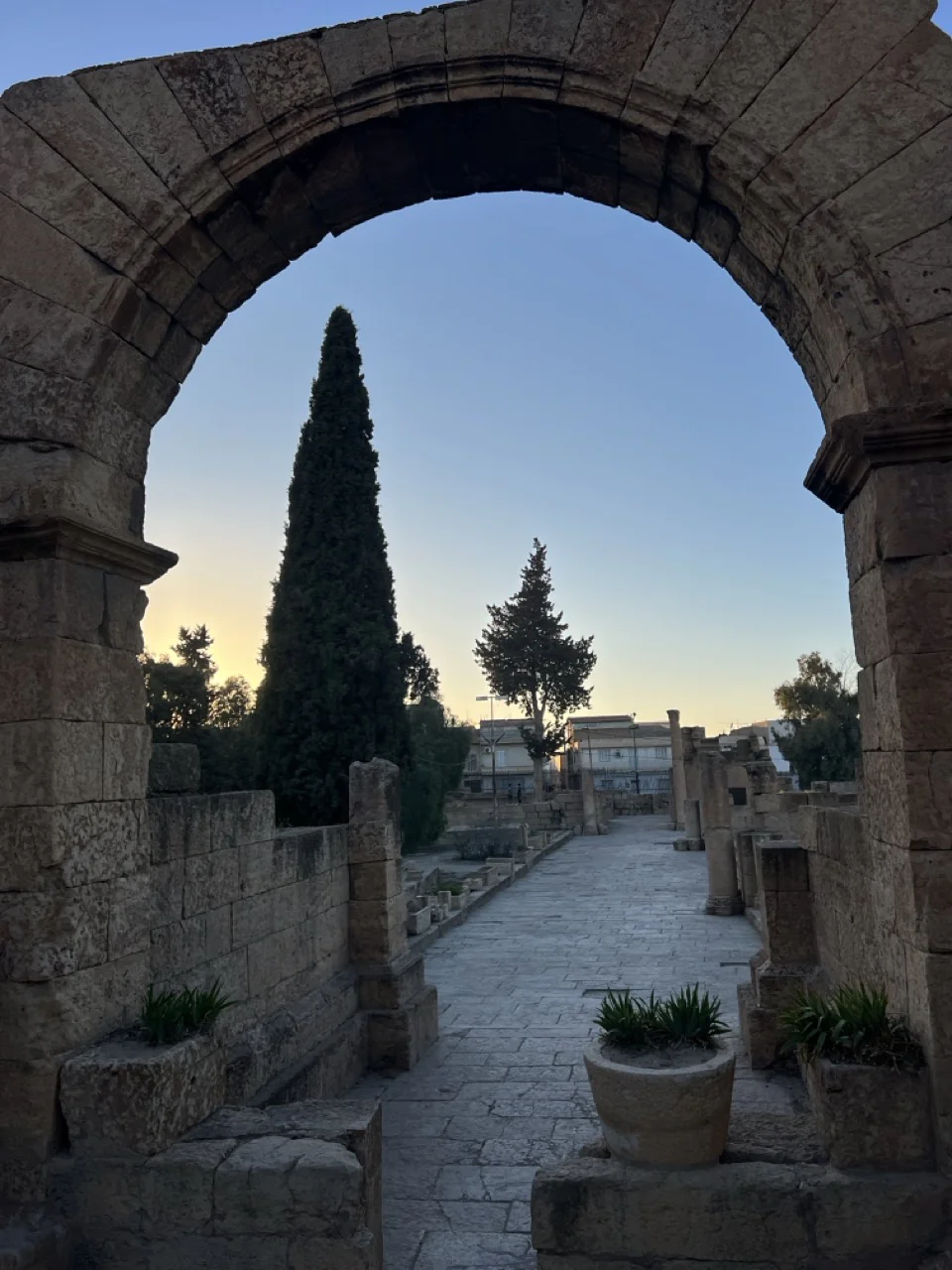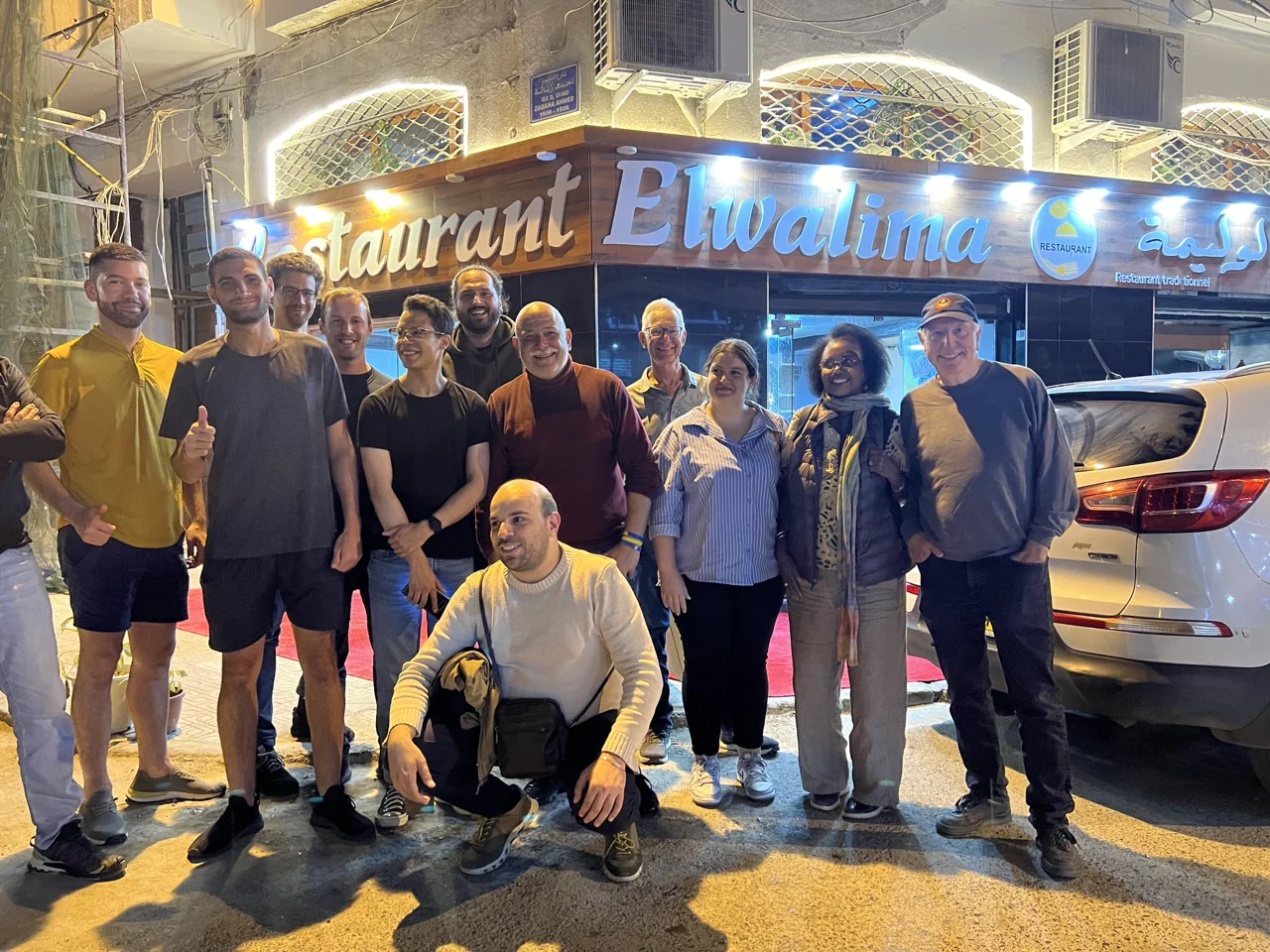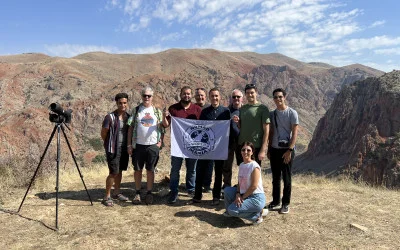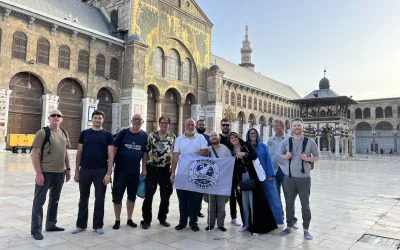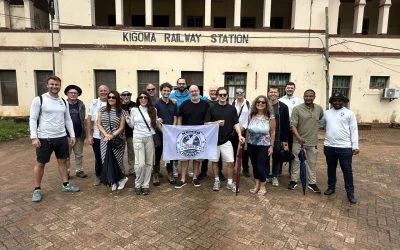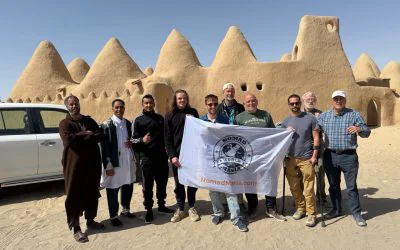The NomadMania trip to Algeria was aimed to be a very different trip. This was not going to be a quick conquest of every NomadMania region nor a rehash of the most prominent Algerian sights and places. Instead, we worked with our great friend Wassim Allache, founder of the leading Algerian agency Algeria Tours 16, to create an alternative itinerary.
This was meant to be the ‘lesser-known gems of Algeria’ tour, which was aiming to get participants to understand the amazing contrasts of this country, Africa’s largest, in terms of culture and geography. Despite the challenge of large distances and our desire to keep the budget approachable for everybody, we believe we succeeded in bringing this incredible country to show its true, welcoming colours.
Day 1
Our tour started in Algiers, which is a gem of a capital as it has so many different faces. In some parts it is truly European, and this is not surprising given how close it is to the continent just a few hundred miles to the north; a flight to Ibiza, due north, would only take 40 minutes! At the same time, Algiers is the capital of a deeply conservative nation, where alcohol is officially non-existent (though it is available if you know where to look) and which, among the North African countries, is arguably the most traditional and pious.
Moreover, in the past 30 years or so, despite its geographical closeness, Algiers has truly been miles away from the world, looking inward. Only now is it slowly opening up to the world, as witnessed by the mega-project of having built the largest mosque in Africa and only third largest in the whole world. A truly impressive sight, it is now one of the main draws of the capital, along with the famous triangular Martyr’s Memorial which towers above the rest of the town.
Day 2
The ten fortunate and daring participants of this group started off with a visit that was a replacement of the supposed first site. Once again testifying to the fact that planning is not always easy in a place like this, instead of heading to the Abbey of our Lady of Atlas, which was meant to display the country’s small Christian community, we were informed that the monastery would not open for us.
So, in fact, we did start with a ‘major’ sight, the World Heritage Site of Tipaza by the sea. Everyone was a happy camper with this, given the location and historical value of what was a major Roman town back in the day.
And this is where the real adventure began. Instead of heading west to Oran which would be the ‘classic’ route, the small van cut through the mountains heading to the town of Tiaret.
On the way, a stop at Khemiss Meliana, the birthplace of Emir Abdelkadir, was a first glimpse of authentic small-town Algeria in the hills. Pleasing walks through small streets, a nicely situated park, a slightly chaotic market and many curious locals were sure to make everyone happy. Tiaret itself was much colder than expected; the hotel a relic of the past, on a main square that was as foggy as it was empty. Considering this is Africa, it is quite counterintuitive to expect weather closer to what one is used to in Northern Europe.
But the rain and cold would soon give way to a totally different landscape as we headed due south toward the desert.
Day 3
Algeria is 90% desert, and not experiencing this at all is like missing what is the main characteristic of Algeria. Brezina is one of the up-and-coming popular areas with Algerians in El Bayadh province but even the big ‘boss’ Wassim had never been there before.
This is already pure desert, with rock formations and windswept conditions that are just as alluring as the more famous hotspots further south, near the borders with Mali and Libya. Some of the group were brave enough to go up mountain-climbing to the top of a ridge from where they had a panoramic view; others were slightly more conservative and just enjoyed the ride.
Perhaps the best meal of the whole trip was prepared in El Bayadh by a local family who were overjoyed at being able to host a very rare group of foreigners. There was local music on traditional instruments to dance the night away; and while the accommodation could be described as a little rough in a place so far off the beaten track, nobody seemed to mind.
Day 4
The following day was another adventure through unexplored parts of the world. We had pizza in the one-horse town of Aflou before heading to visit a rock-art site in Zakkar, which was unexpectedly enthralling.
Next up was the regional capital of Djelfa, where the market experience was the highlight of the stop. One of us bought a local brown cape with a hood, traditional for this region which tends to be quite cold. Others bought spices whose names in English were so mis-translated that we were laughing away.
It was a long day out of the desert, arriving late into Bousaada, whose name translates roughly into ‘Pleasantville’ and which served as a retreat in the colonial times thanks to its mild climate. Hotel Kerdada made it onto NomadMania’s ‘Hospitality Legends’ given its age, and while nobody actually used the pool, nobody minded the comfort and grandeur of a nice hotel.
Day 5
This was a long driving day back to Algiers with a few interesting stops along the way. Bousaada, where we woke up all refreshed, has a number of worthy sites including the museum of Nasr Eddine Dinet, a French artist who eventually settled in Algeria and became a local. There is also a handicraft market, a sign of the town’s would-be tourist credentials that were mainly lost on our group. This region is also known for its cheese, and a stop at a fromagerie was deeply appreciated as a change from the usual meatier foods we were offered.
Day 6
The next day would be totally different once again; we would take in the little visited coast east of Algiers. Extremely picturesque Dellys is a true Mediterranean gem with an old town leading to a fishing port, some small handicraft markets and the like waiting for the rare visitor.
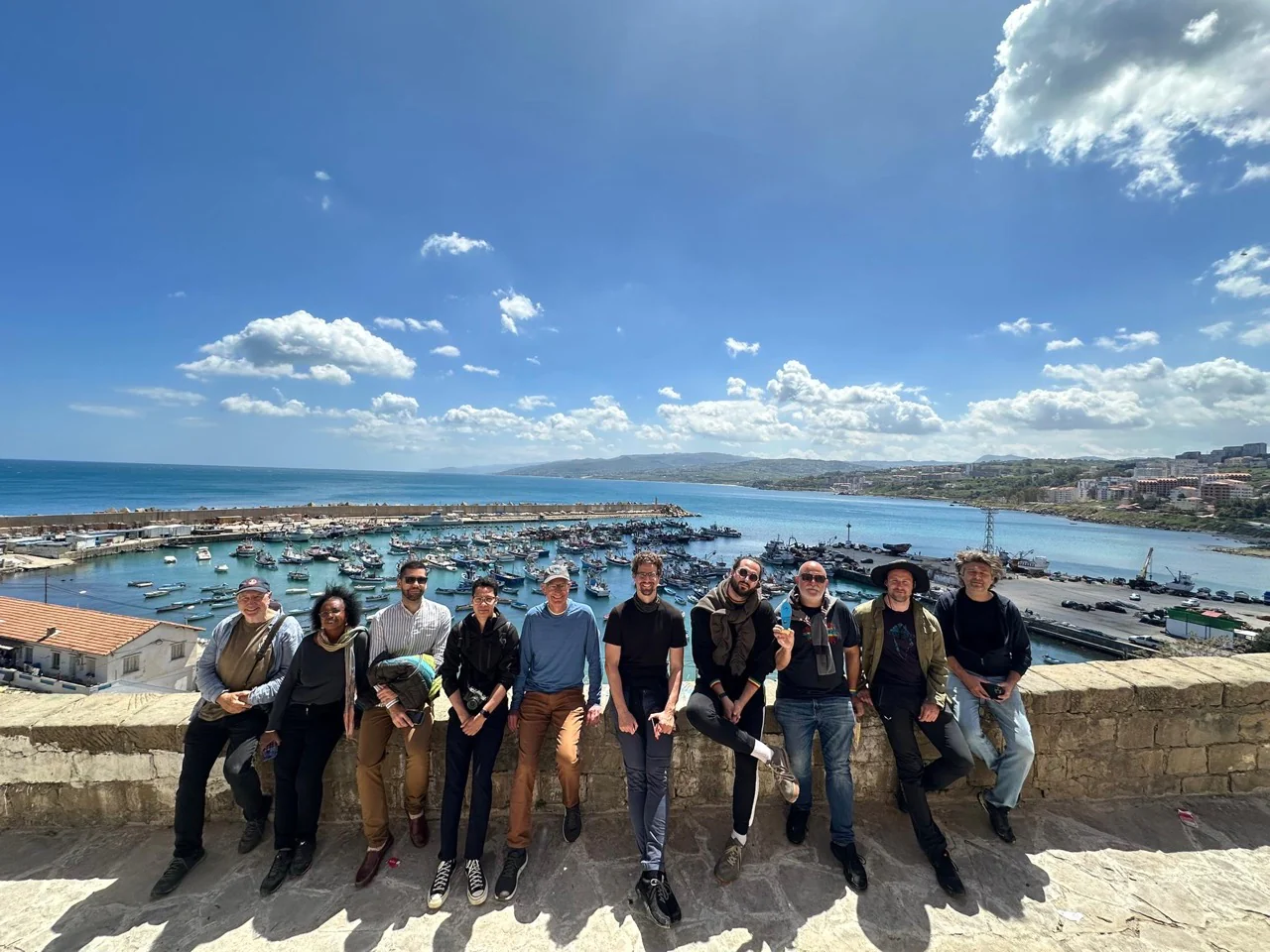
There is also a major lighthouse in the area which we visited after liaising with all departments of the local security services who were most concerned when they realised there were Americans in the group. While in the ‘desert’ part of the trip, we had somehow managed to evade the infamous security services of Algeria, we were not so lucky on this second leg of the trip. This is where Algeria becomes a bit of a pain for the traveller… but Dellys still did delight us, and so did the port of Tigzirt further east, which sports some minor Roman ruins.
Up the mountains, it was time to experience the distinct Kabylie culture. The Kabylies are one of the minorities of Algeria, with their own language and traditions. The village of Benni Yenni, which we visited, is one of the major strongholds of their culture, with stunning views across the mountains and lovely walks through narrow village streets that may remind one of Portugal or southern Italy.
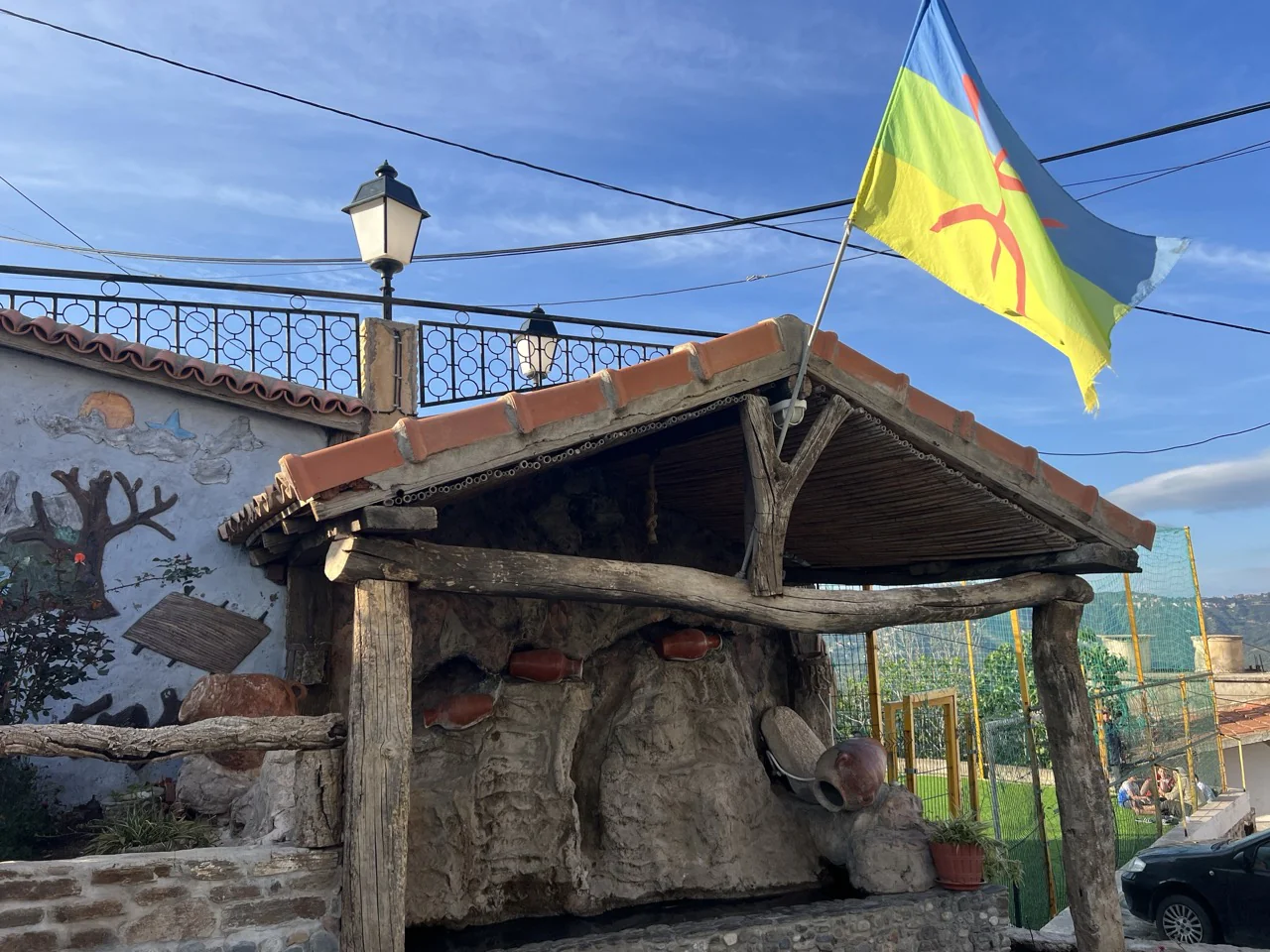
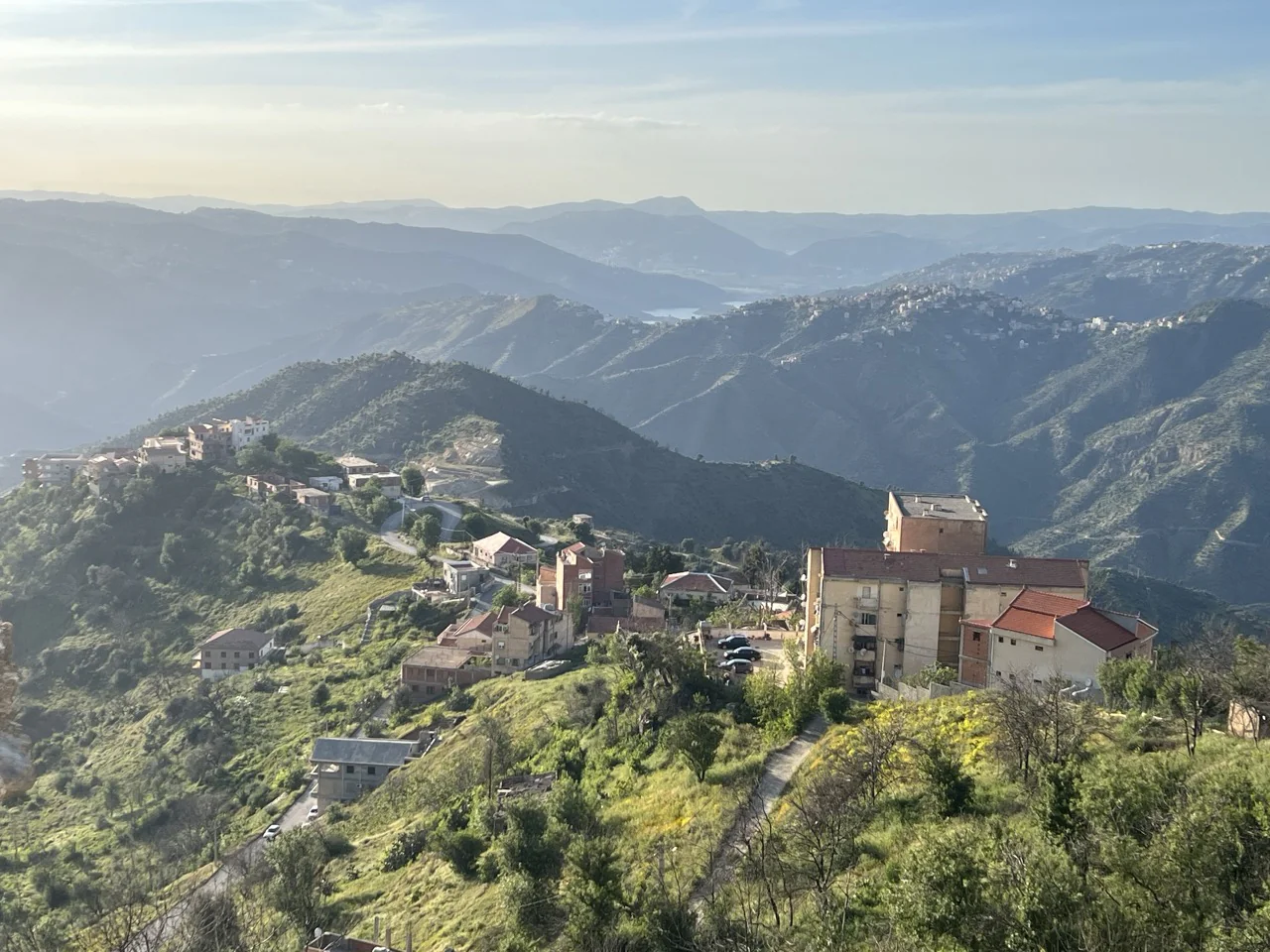
Day 7
The trip was still far from over; it would be a long ride east to the suburb of Guelma, Hammam Debagh, where there is a thermal complex with sulphur baths galore. It was a holiday and there were loads of locals singing and playing national instruments, while the small town mayor accompanied our group as it was quite an event to have foreigners in such a place.
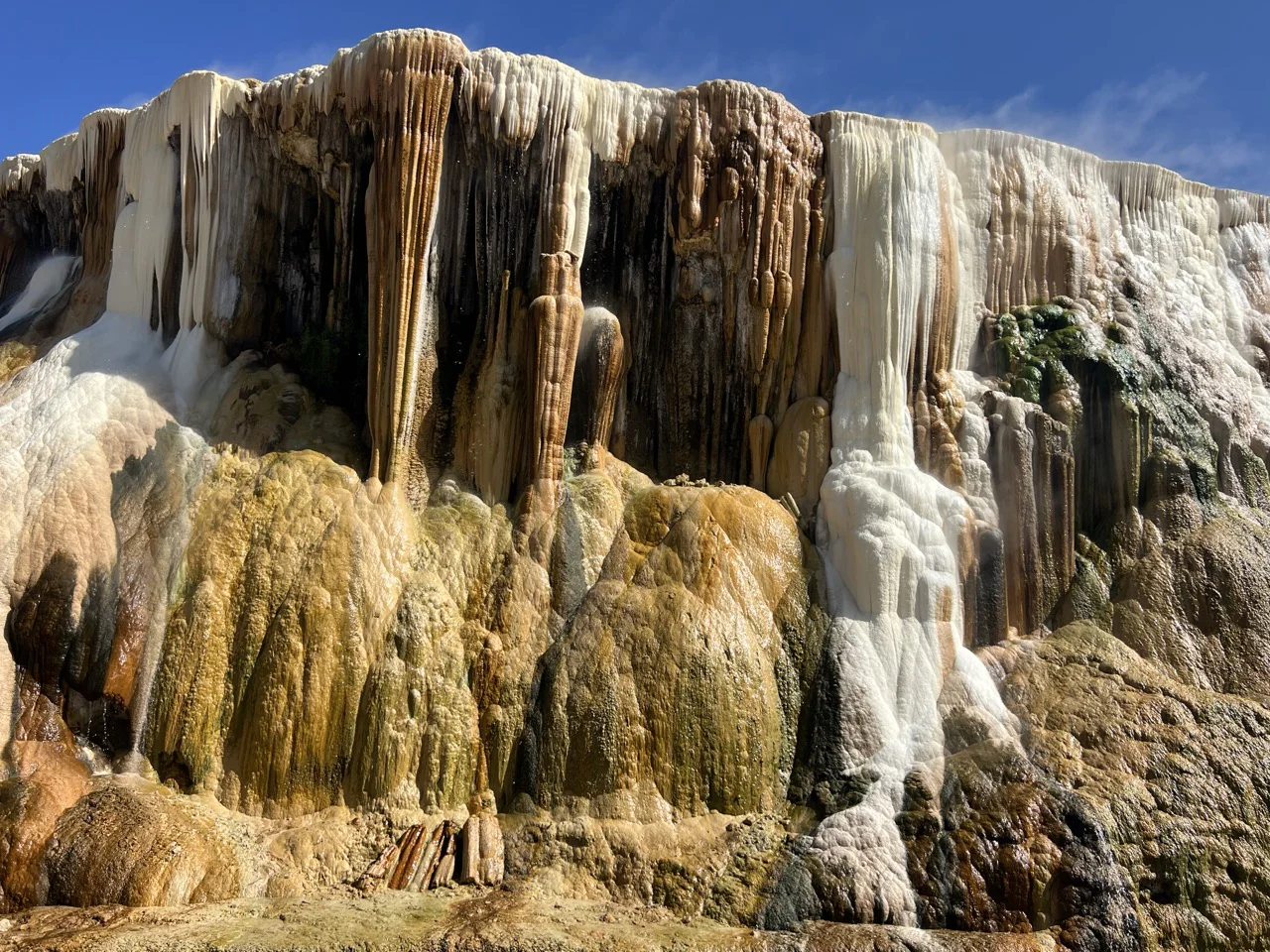
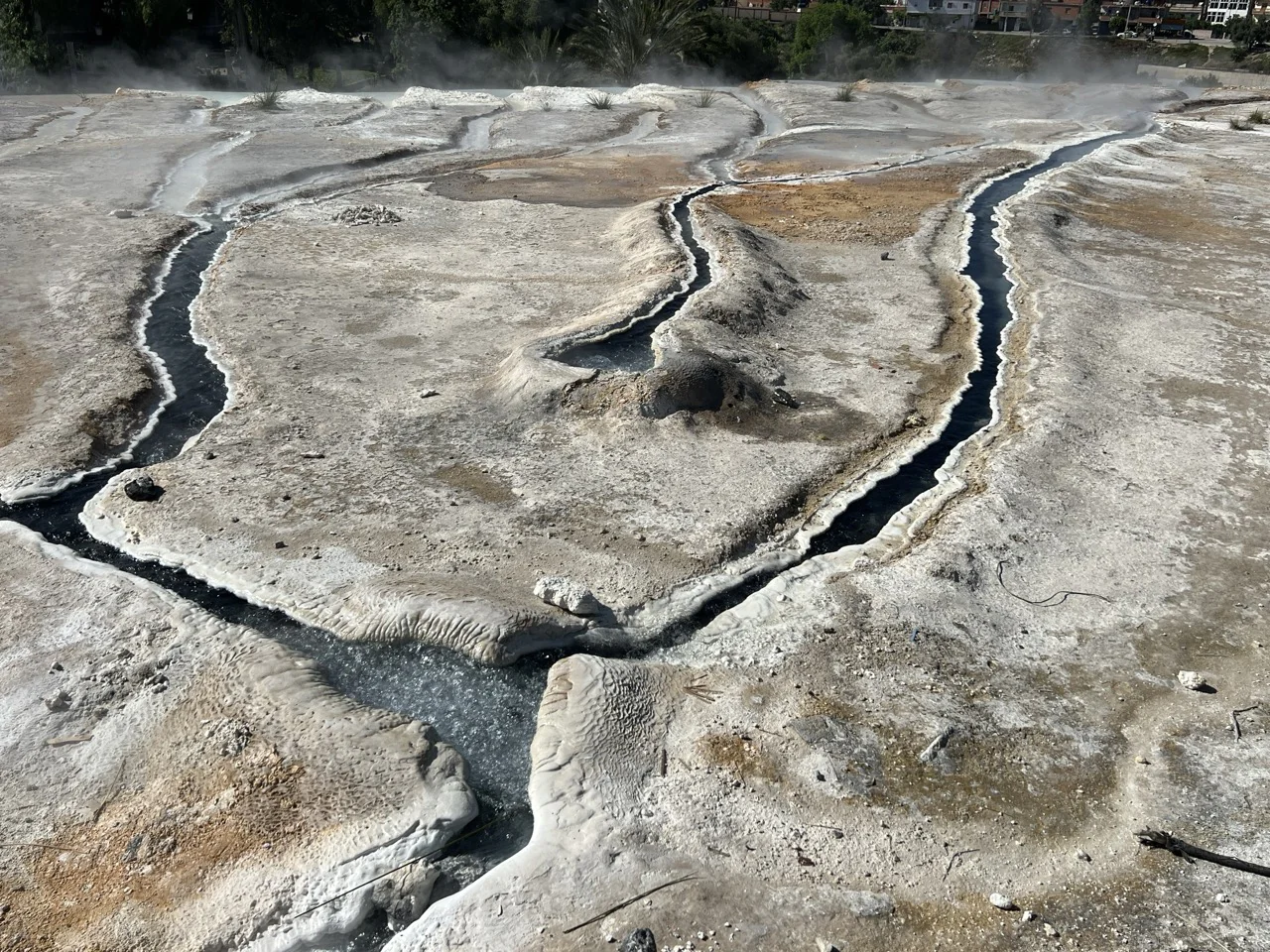
The day ended with cakes and people-watching in the centre of Guelma, a larger town off the beaten track. The main site here is a very well-maintained Roman Theatre dating from the end of the 2nd century AD. This was one of the highlights of the historical part of the trip, though the best was yet to come.
Day 7
The last full day of the trip was a true journey in time. Khemissa also had a Roman theatre of considerable proportions, while a stop in Souk Ahras which was the birthplace of Saint Augustine led us to see his olive tree, from where one could have a panorama of the now rather ramshackle town.
However, perhaps the biggest surprise of all was Tebessa, not far from the border of Tunisia, where the Roman past truly comes to life in a splendid way. Known as Theveste in the past, the town’s main draws are the Arch of Caracalla, the remains of the basilica of St. Crispina, the roman theatre as well as the byzantine walls which extend around the old part of the city. There is also a former French cathedral which is now a museum and a testament of a time long gone. Perhaps we had saved the best for last, with little-know Tebessa punching far above its weight.
Summary
With such a variety of sights, from rock art to cheese producers, from Kabylie mountain villages to windswept deserts, from Mediterranean villages to ancient Roman theatres, nobody was left with any doubt that even Algeria’s ‘secondary’ lesser-known sites are majestic. This is a country with so many contrasts that it feels like visiting three or four countries at once. The locals were welcoming and curious throughout, and even though the police are generally a nuisance, at the end of the day when something is on the programme, it gets done, even if one needs patience and Wassim’s negotiation skills.
NomadMania would like to thank Wassim Allache for truly rising to the occasion despite the logistical challenges of organising such a trip. Largely thanks to him, our group truly had an experience that challenged our perceptions of a place through exploring its lesser-known, but no less worthy, corners.
